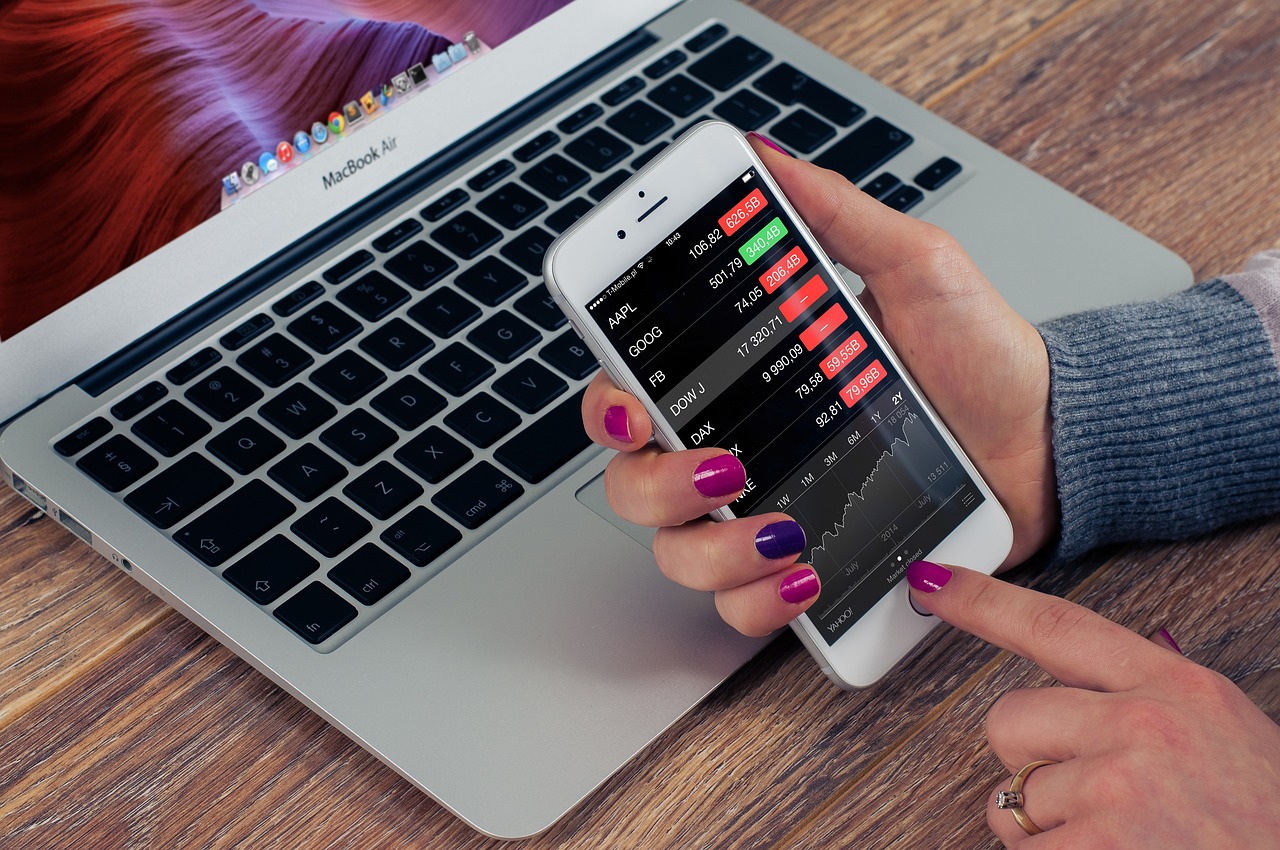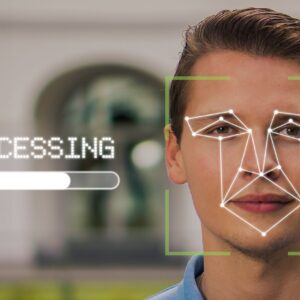Are you tired of carrying around a bulky wallet filled with cash and credit cards? Well, the future of digital payments is here to revolutionize the way we pay for goods and services.
With the rise of mobile payment methods, contactless payment technology, biometric authentication, blockchain and cryptocurrency, artificial intelligence and machine learning, enhanced security measures, and increased accessibility and inclusion, the possibilities for digital payments are endless.
Imagine being able to pay for your morning coffee with just a tap of your phone or a wave of your hand. With the advancements in contactless payment technology and biometric authentication, this is becoming a reality. And with the added security measures of blockchain and cryptocurrency, you can rest assured that your transactions are safe and secure.
The future of digital payments is not only convenient, but it is also innovative and forward-thinking. So, get ready to say goodbye to your old wallet and hello to the future of digital payments.
Mobile Payment Methods
Let’s take a look at the various ways you can easily pay with just your smartphone. With mobile wallet integration, you can now store your credit and debit card information on your phone and make purchases by simply tapping your phone at the checkout. This not only eliminates the need to carry physical cards, but also provides added security as your card information is encrypted and protected by your phone’s biometric authentication.
Another innovative feature is peer-to-peer payments, which allows you to send money directly to your friends and family with just a few taps on your phone. No more writing checks or going to the ATM to withdraw cash! With peer-to-peer payments, you can split bills, pay back loans, and even send gifts instantly.

This feature is especially helpful for those who may not have access to traditional banking services or need to transfer money internationally. The future of digital payments is bright and with the rise of mobile payment methods, we can expect to see even more convenient and secure ways to pay using just our smartphones.
Contactless Payment Technology
Contactless payment technology has become increasingly popular due to its convenience and speed. With just a wave of your card or a tap of your phone, you can easily make transactions without having to dig through your wallet or enter a PIN.
But now, the future of digital payments is taking another step forward with the emergence of wearable technology. Wearable devices such as smartwatches and fitness trackers can now be used to make contactless payments, making transactions even more seamless and effortless. And with payment limits continuing to rise, these devices are becoming a more viable option for larger purchases.
As technology continues to advance, it’s exciting to imagine what other innovations will arise in the world of digital payments.
Biometric Authentication
The authentication of biometric data is currently revolutionizing the way we confirm our identities in financial transactions. Behavioral biometrics, which analyzes our unique patterns of behavior such as typing speed and mouse movements, along with voice recognition technology, are making it easier and more secure for us to make digital payments.
Instead of relying on passwords or PINs, which can be easily forgotten or hacked, biometric authentication ensures that only the rightful owner of the account can access it. Voice recognition technology is particularly interesting as it can identify a person’s unique voiceprint, making it virtually impossible for anyone else to access their account.
This technology is becoming more sophisticated, able to distinguish between natural speech and recorded audio, and even detecting changes in a person’s voice due to illness or mood. With these advancements, the future of digital payments looks promising, as we continue to move towards a more secure and convenient way of making transactions.
Blockchain and Cryptocurrency
Blockchain and cryptocurrency have disrupted traditional financial systems, offering a decentralized and secure way of conducting transactions that has the potential to transform industries beyond just finance.
Decentralized finance (DeFi) is an emerging ecosystem of blockchain-based financial applications that aim to create a more open, transparent, and accessible financial system. DeFi platforms allow users to borrow, lend, trade, and invest in a peer-to-peer manner, without the need for intermediaries such as banks or brokers.
However, the growth of DeFi has also brought regulatory challenges. The lack of clear regulations and standards in the cryptocurrency space has led to concerns about fraud, money laundering, and other illicit activities.
Governments around the world are grappling with how to regulate cryptocurrencies and DeFi platforms, while also balancing the need to foster innovation and growth in the sector. As the DeFi ecosystem continues to expand and mature, it’ll be interesting to see how regulatory frameworks evolve to support and facilitate its growth.
Artificial Intelligence and Machine Learning
Get ready to witness the power of machines as AI and machine learning take center stage to revolutionize the way we interact with technology.
With the advancement of technology, predictive analytics has become more prevalent in the digital payment industry. This allows for the generation of insights that help businesses make better decisions when it comes to managing transactions and detecting potential fraud.
AI and machine learning algorithms are being used to analyze large sets of data in real-time, allowing for the detection of fraudulent activities before they can cause any damage. This has significantly reduced the risk of fraud and helped to secure digital payment channels.
As digital payments continue to gain popularity, it is clear that AI and machine learning will play a major role in shaping the future of the industry. With predictive analytics and fraud detection capabilities, digital payments will become even more secure and convenient for users.
Enhanced Security Measures
You’ll be relieved to know that the enhanced security measures we’re discussing now are going to give you peace of mind when it comes to your online transactions.
Multi-factor authentication is one of the most significant advancements in digital payment security. This technique involves using two or more methods to verify your identity, such as a password and a fingerprint or facial recognition. By adding an extra layer of security, it’s much more difficult for fraudsters to access your information and carry out unauthorized transactions.
In addition to multi-factor authentication, fraud prevention techniques are also improving. Companies are using sophisticated algorithms and machine learning to detect and prevent fraudulent activity. These tools analyze patterns and behaviors to identify suspicious transactions and flag them for further review.
This means that if someone tries to use your card or account without your permission, the system will pick it up and alert you before any damage can be done. With these enhanced security measures, the future of digital payments looks bright, and you can rest assured that your transactions are safe and secure.
Increased Accessibility and Inclusion
With advancements in accessibility and inclusion, the world of online transactions is becoming a more welcoming and diverse place, opening doors for individuals from all walks of life.
Digital payments offer convenience and speed, enabling people to easily and quickly make purchases and transfer money across borders. However, not everyone has had equal access to these benefits in the past. But with increased accessibility and inclusion, that’s changing.
Financial literacy is essential for individuals to participate fully in the digital payment ecosystem. Many organizations are working to improve financial literacy, providing resources and educational programs to help people understand how to manage money, make informed decisions, and protect themselves from fraud.
In addition, regulatory frameworks are being put in place to ensure that digital payment systems are safe, reliable, and accessible to everyone. These efforts are helping to create a more equitable and inclusive financial system, where everyone has the opportunity to participate and benefit.
Frequently Asked Questions
What impact will digital payments have on traditional banking institutions?
Are traditional banking institutions at risk due to fintech disruption and the increasing customer adoption of digital payments? Yes, they are. As consumers become more comfortable with digital transactions, they are turning away from traditional banking methods.
This shift in behavior is causing banking institutions to rethink their business models and adapt to the changing landscape. The rise of fintech companies has created new competition for banks, and those that fail to keep up may be left behind.
It’s clear that the future of banking is digital, and institutions must embrace this reality or face the consequences.
What are the potential risks associated with using digital payment methods?
You’re walking on thin ice when it comes to digital payments. Cybersecurity concerns and fraud prevention measures are at the forefront of potential risks associated with using digital payment methods.
With the rise of online transactions, hackers and scammers are finding new ways to exploit vulnerabilities in the system. It’s important to stay vigilant and take necessary precautions to protect your personal and financial information.
As the world becomes more digitally connected, it’s crucial to stay ahead of the game and stay informed about the latest security measures. Don’t let the fear of potential risks hold you back from embracing the convenience of digital payments, but always remember to tread carefully.
How will digital payments affect small businesses and local economies?
As a small business owner, you may have noticed the increasing trend towards digital payment adoption. While this may seem daunting, it’s important to understand the benefits that come with it.
For one, it can streamline your payment process and reduce the risk of fraud. Additionally, it can improve your local infrastructure by increasing the speed and efficiency of transactions.
As more and more consumers switch to digital payments, it’s important to stay ahead of the curve and adapt to these changes. By embracing digital payment methods, you can not only improve your own business operations, but also contribute to the growth of your local economy.
What role will government regulation play in the future of digital payments?
As you consider the future of digital payments, it’s important to recognize the regulatory challenges that lie ahead. Governments around the world are grappling with how to balance innovation and consumer protection in this rapidly evolving space.
While some countries have embraced digital payments with open arms, others are more cautious, concerned about issues like fraud and financial stability. As global adoption of digital payments continues to grow, it’s likely that we’ll see more government intervention in this space, with new regulations designed to protect consumers and promote fair competition.
Ultimately, the success of digital payments will depend on finding the right balance between innovation and regulation.
How will digital payments impact consumer spending habits and financial management?
You’re not going to believe how digital payments are going to change the way you manage your finances! With digital wallet adoption on the rise, cashless societies are becoming more and more prevalent.
This means that you’ll be able to leave your wallet at home and pay for everything with just a tap of your phone. Not only will this make transactions quicker and more convenient, but it will also give you a better handle on your spending habits.
You’ll be able to track your purchases in real-time and make adjustments to your budget on the fly. The future is bright for digital payments and it’s clear that they’re going to have a major impact on the way we spend and manage our money.
Conclusion
Congratulations, you’ve just taken a glimpse into the future of digital payments! With the rapid evolution of technology, it’s exciting to imagine the endless possibilities that lie ahead.
Mobile payment methods and contactless payment technology are already changing the way we make transactions, providing greater convenience and security. Biometric authentication, blockchain, and cryptocurrency, as well as artificial intelligence and machine learning, are set to revolutionize the digital payment landscape in the years to come.
As we move forward, it’s crucial to remember the importance of enhanced security measures to protect our financial transactions. With an increasing number of people relying on digital payments, accessibility and inclusion should also be at the forefront of our minds.
As the adage goes, “the future belongs to those who prepare for it today.” So, let’s embrace the change and be ready for what’s to come.
In conclusion, the future of digital payments is bright and full of potential. It’s an exciting time to be a part of this revolution and witness the advancements that will make our lives easier and more secure.
With innovation, forward-thinking, and insightful strategies, we can shape the future of digital payments and pave the way for a more accessible and inclusive world of finance. Remember, the future is not something that happens to us, but something that we create together.




